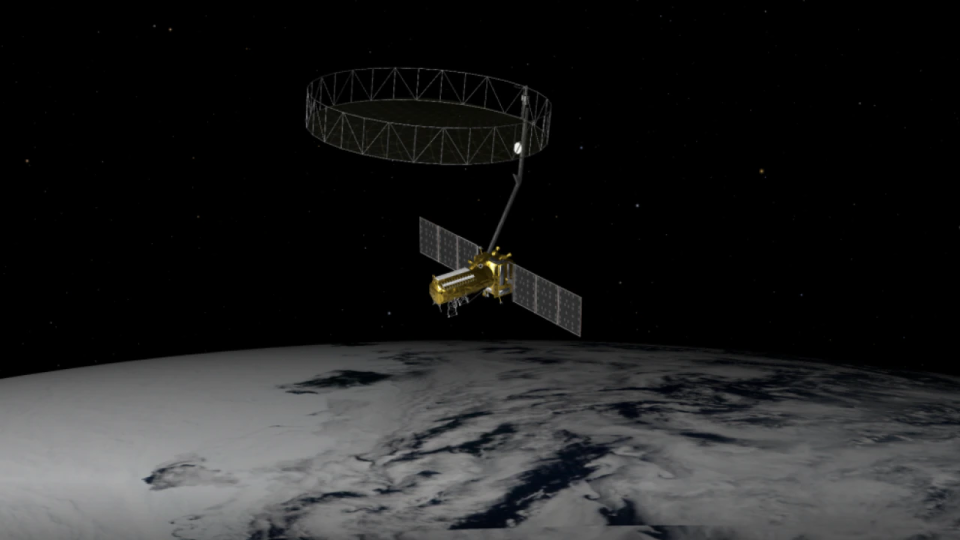NASA is set to launch a groundbreaking satellite in collaboration with India, marking a significant advancement in Earth observation technology. The satellite, named NISAR, is scheduled for liftoff from India’s Satish Dhawan Space Centre near Chennai. This mission represents a major step forward in monitoring the planet’s surface with unparalleled precision and frequency.
NISAR, which weighs nearly 3 tonnes and features a 12-meter radar antenna, is designed to detect changes on Earth’s surface down to the centimeter level. What sets this satellite apart is its ability to provide almost real-time data regardless of weather conditions or time of day. This capability will be invaluable for a wide range of applications, including agriculture, climate science, and disaster response.
The satellite’s radar technology will allow it to track movements of the ground beneath us and the water flowing over and through it with unprecedented detail. For farmers, this means better insights into soil moisture and crop conditions, which can lead to improved yields and more efficient resource use. Climate scientists will gain a powerful tool to observe changes in glaciers, forests, and other critical ecosystems, helping to refine models and predictions. Meanwhile, emergency responders will benefit from timely data that can improve the management of natural disasters such as floods, earthquakes, and landslides.
The total cost of the NISAR project is approximately $1.5 billion, reflecting the sophisticated technology and international cooperation involved. The collaboration between NASA and India’s space agency highlights the growing importance of global partnerships in tackling environmental challenges and advancing space science.
This satellite will be a game changer in Earth observation, providing data that is more detailed and timelier than ever before. The information gathered by NISAR is expected to support a wide array of sectors and contribute to better decision-making on a global scale.
The satellite’s development and launch involve companies and technologies that impact various sectors, including aerospace and defense. The broader space industry continues to attract interest as governments and private enterprises invest heavily in satellite technology and space exploration.
The NISAR satellite launch represents a major milestone in Earth observation technology. By combining NASA’s expertise with India’s launch capabilities, this mission promises to deliver critical data that will enhance our understanding of the planet and support efforts to manage natural resources and respond to environmental crises more effectively.
The collaboration underscores the strategic value of international partnerships in space exploration and environmental monitoring, setting the stage for future innovations in satellite technology.

